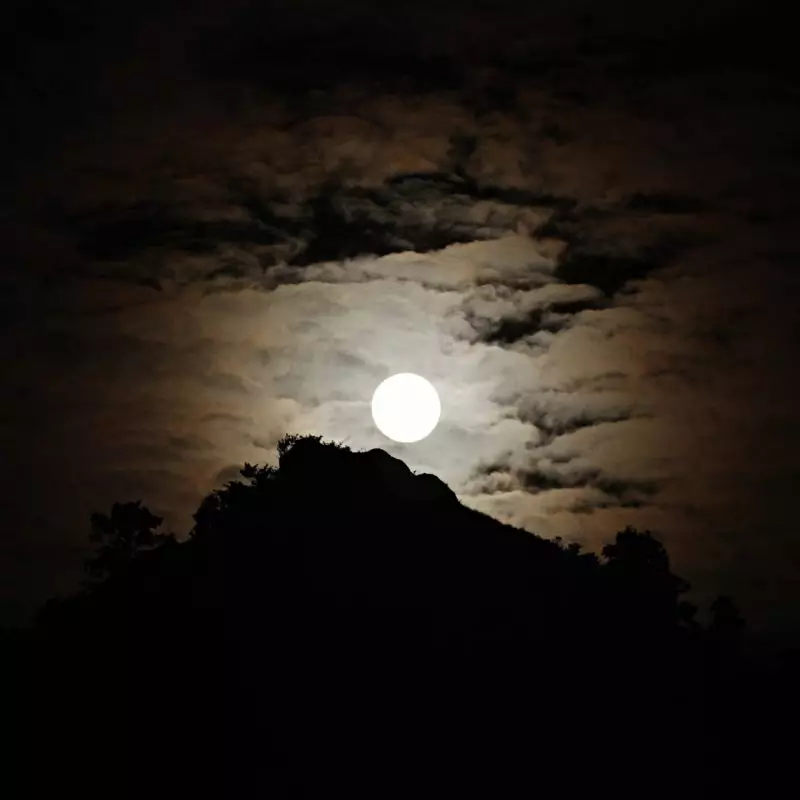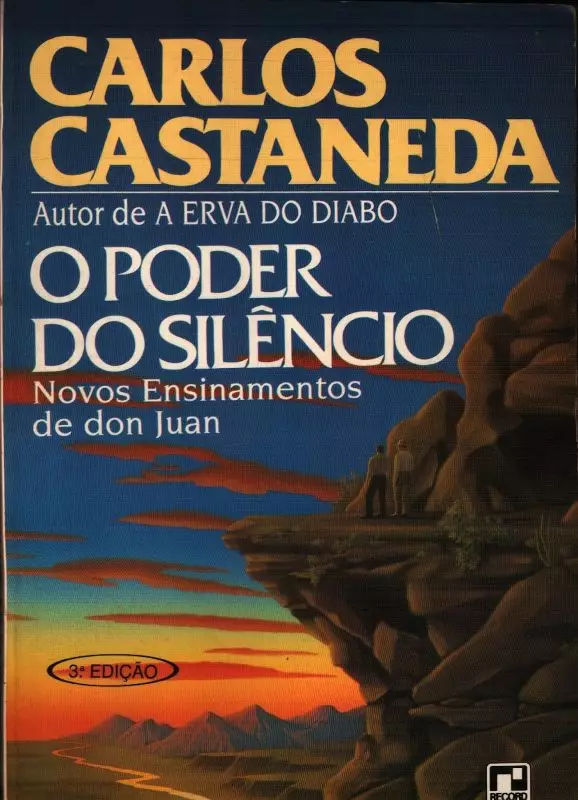Another question that has been asked consistently is “What is Tensegrity?” Tensegrity is the modernized version of some movements called “magical passes” developed by Indian shamans who lived in Mexico in times prior to the Spanish Conquest.
“Times prior to the Spanish Conquest” is a term used by don Juan Matus, a Mexican Indian sorcerer who introduced Carlos Castaneda, Carol Tiggs, Florinda Donner-Grau and Taisha Abelar to the cognitive world of shamans who lived in Mexico, according to Don Juan, between 7000 and 10,000 years ago.
Don Juan explained to his four disciples that those shamans, or sorcerers, as he called them, discovered through practices that he could not fathom, that it is possible for human beings to perceive energy directly as it flows in the universe. In other words, those sorcerers maintained, according to don Juan, that any one of us can do away, for a moment, with our system of turning energy inflow into sensory data pertinent to the kind of organism that we are (in our case, we are apes). Turning the inflow of energy into sensory data creates, sorcerers affirm, a system of interpretation that turns the flowing energy of the universe into the world of everyday life that we know.
Don Juan further explained that once those sorcerers of ancient times had established the validity of perceiving energy directly, which they called seeing, they proceeded to refine it by applying it to themselves, meaning that they perceived one another, whenever they wanted it, as a conglomerate of energy fields. Human beings perceived in such a fashion appear to the seer as gigantic luminous spheres. The size of these luminous spheres is the breadth of the extended arms.
When human beings are perceived as conglomerates of energy fields, a point of intense luminosity can be perceived at the height of the shoulder blades an arm’s length away from them, on the back. The seers of ancient times who discovered this point of luminosity called it “the assemblage point,” because they concluded that it is there that perception is assembled. They noticed, aided by their seeing, that on that spot of luminosity, the location of which is homogeneous for mankind, converge zillions of energy fields in the form of luminous filaments which constitute the universe at large. Upon converging there, they become sensory data, which is utilizable by human beings as organisms. This utilization of energy turned into sensory data was regarded by those sorcerers as an act of pure magic: energy at large transformed by the assemblage point into a veritable, all-inclusive world in which human beings as organisms can live and die. The act of transforming the inflow of pure energy into the perceivable world was attributed by those sorcerers to a system of interpretation. Their shattering conclusion, shattering to them, of course, and perhaps to some of us who have the energy to be attentive, was that the assemblage point was not only the spot where perception was assembled by turning the inflow of pure energy into sensory data, but the spot where the interpretation of sensory data took place. Their next shattering observation was that the assemblage point is displaced in a very natural and unobtrusive way out of its habitual position during sleep. They found out that the greater the displacement, the more bizarre the dreams that accompany it. From these seeing observations, those sorcerers jumped to the pragmatic action of the volitional displacement of the assemblage point. And they called their concluding results the art of dreaming.
This art was defined by those sorcerers as the pragmatic utilization of ordinary dreams to create an entrance into other worlds by the act of displacing the assemblage point at will and maintaining that new position, also at will. The observations of those sorcerers upon practicing the art of dreaming were a mixture of reason and seeing energy directly as it flows in the universe. They realized that at its habitual position, the assemblage point is the spot where converges a given, minuscule portion of the energy filaments that make up the universe, but if the assemblage point changes location, within the luminous egg, a different minuscule portion of energy fields converges on it, giving as a result a new inflow of sensory data: energy fields different from the habitual ones are turned into sensory data, and those different energy fields are interpreted as a different world.
The art of dreaming became for those sorcerers their most absorbing practice. In the course of that practice, they experienced unequaled states of physical prowess and well-being, and in their effort to replicate those states in their hours of vigil, they found out that they were able to repeat them following certain movements of the body. Their efforts culminated in the discovery and development of a great number of such movements, which they called magical passes.
The magical passes of those sorcerers of Mexican antiquity became their most prized possession. They surrounded them with rituals and mystery and taught them only to their initiates in the midst of tremendous secrecy. This was the manner in which don Juan Matus taught them to his disciples. His disciples, being the last link of his lineage, came to the unanimous conclusion that any further secrecy about the magical passes was counter to the interest that they had in making don Juan’s world available to their fellow men. They decided, therefore, to rescue the magical passes from their obscure state. They created in this fashion, Tensegrity, which is a term proper to architecture that means “the property of skeleton structures that employ continuous tension members and discontinuous compression members in such a way that each member operates with the maximum efficiency and economy.”
This is a most appropriate name because it is a mixture of two terms: tension and integrity; terms which connote the two driving forces of the magical passes.
(Carlos Castaneda, Journal of Applied Hermeneutics)

